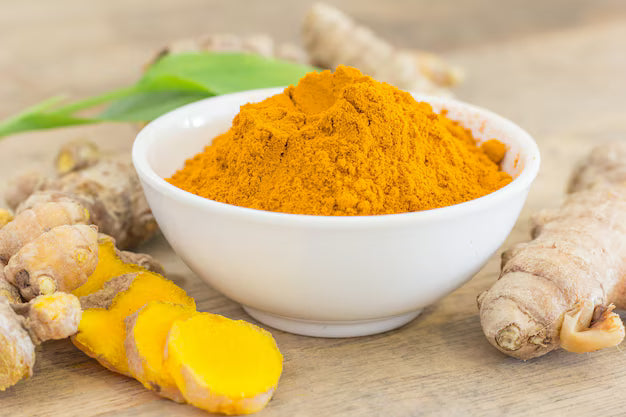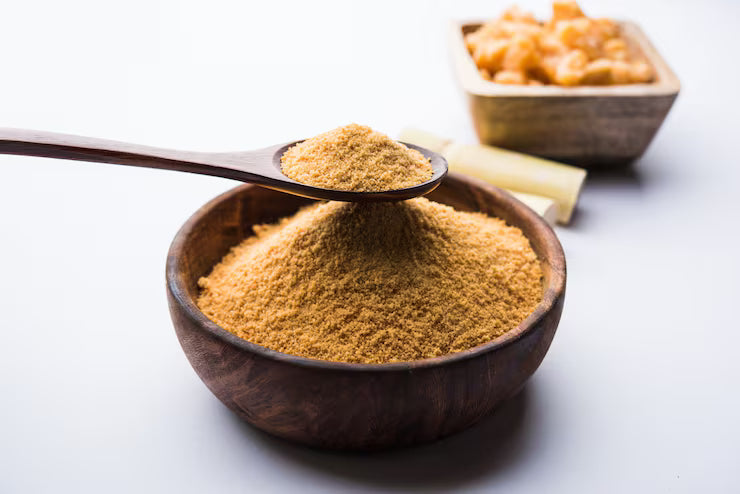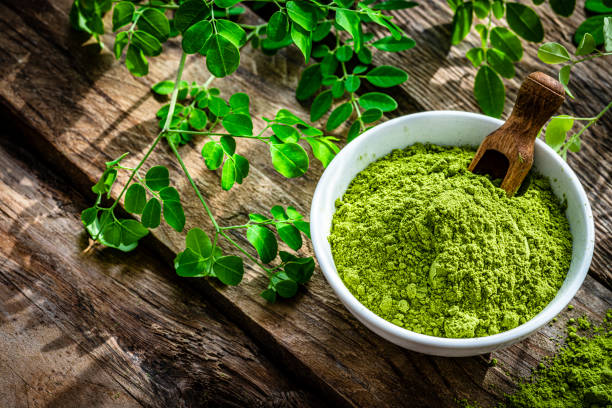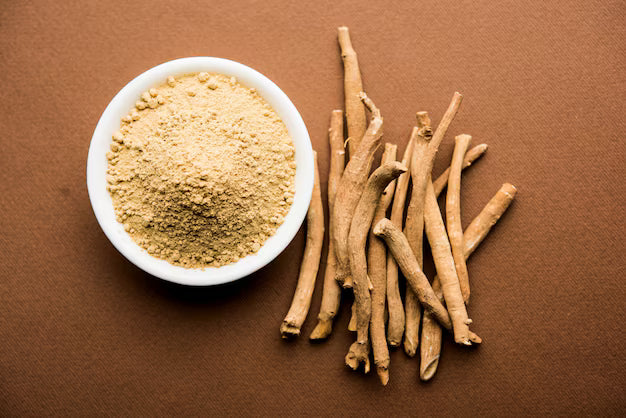Read Time: 5 Minutes
5 Best Yoga Poses to Relieve Gas and Bloating Naturally

You’ve felt that dull, stubborn pressure in your abdomen before—the kind that makes you wonder how to prevent stomach bloating after every meal. It’s not just physical discomfort; it’s a mental weight that fuels anxiety about social plans or frustration with unpredictable digestion, and even self-consciousness about your appearance. The constant awareness of a distended abdomen can drain mental energy, turning a natural bodily process into a source of daily stress. Don't worry, you’re not alone. Studies suggest that up to 25% of people grapple with occasional bloating, and for many, it’s more than a minor inconvenience—it’s a daily battle.
The culprits? They’re everywhere. A fiber-rich salad that should be healthy—but for some, the sudden influx of insoluble fiber can overwhelm the gut, fermenting into gas that leaves you uncomfortably bloated. Stress that tightens your stomach like a clenched fist—triggering a cascade of cortisol that slows digestion and traps gas in the intestines. Even something as simple as slouching at your desk—a posture that compresses the abdomen, restricting the diaphragm’s movement and hampering the natural release of gas. With its rushed meals* (which lead to swallowing excess air) and relentless demands, modern life often leaves our digestive systems begging for mercy. .
But here’s the thing: relief doesn’t always come in a pill or a quick fix. Sometimes, it’s hidden in the wisdom of ancient practices—like yoga. For centuries, yoga has been revered for its physical benefits and ability to harmonize the body’s inner rhythms. Could gentle stretches and mindful breathing hold the key to calming your gut? Let’s explore how five simple poses might help you reclaim comfort—one breathe at a time.
How Yoga Targets Bloating?
Understanding how to stop bloating gas starts with its root causes: trapped air, sluggish digestion, or abdominal tension. Yoga’s gentle, intentional movements address these by:
- Massaging Internal Organs: Twisting poses compress and release the digestive tract, encouraging the gas to move through the system.
- Stimulating the Lymphatic System: Certain postures promote circulation, aiding detoxification and reducing stagnation.
- Improving Posture: An upright position (as noted in a 2003 Gut study) helps expel gas faster than lying down.
Fitness instructor Kristin McGee explains, “Twists act like wringing out a sponge for your digestive organs, while poses like Happy Baby or Supine Hero stretch the front body, releasing tension that might hinder digestion.”
While yoga isn’t a cure-all, integrating these poses into your routine may offer relief by addressing the physical and energetic roots of bloating.
5 Yoga Poses for Beginners to Relieve Occasional Gas and Bloating
1. Seated Spinal Twist (Ardha Matsyendrasana)

Why It Works: Twists gently compress the abdomen, stimulating peristalsis (the movement of waste through the intestines) and encouraging trapped gas to release.
How to Practice:
- Sit tall with your legs extended. Cross your left leg over your right, placing the left foot flat outside the right thigh.
- Hook your right elbow outside the left knee. Inhale to lengthen the spine; exhale to twist deeper to the left.
- Hold for 5–8 breaths, then repeat on the other side.
Pro Tip: “Imagine your spine as a spiral staircase—twist from the base upward,” advises Kristin.
2. Supine Hero Pose (Supta Virasana)

Why It Works: This deep front-body stretch releases the psoas muscle, which connects the spine to the legs. A tight psoas can restrict digestive organs, contributing to bloating.
How to Practice:
- Kneel with shins and feet flat. Sit back between your heels, then slowly recline onto your back.
- Rest your head and shoulders on the mat. Use a bolster under your upper back if needed.
- Hold for 5–8 breaths, then rise slowly.
Pro Tip: Kristin calls this her “post-feast reset” for its soothing effect on the abdomen.
3. Garland Pose (Malasana)

Why It Works: This pose directly answers how to avoid bloated discomfort by opening the hips and compressing the lower abdomen to relieve constipation-related pressure.
How to Practice:
- Stand with feet hip-width apart; toes turned out slightly.
- Lower into a squat, keeping heels grounded. Press elbows against inner knees, palms together at the chest.
- Hold for 30–60 seconds.
Modification: Place a folded towel under your heels if they lift.
4. Half Knee-to-Chest Pose (Apanasana Variation)

Why It Works: Hugging one knee at a time massages the ascending and descending colon, aiding gas movement.
How to Practice:
- Lie on your back. Draw your right knee into your chest, interlacing fingers around the shin.
- Hold for 1 minute, then switch sides.
Pro Tip: Rock gently side-to-side for a lower-back massage.
5. Happy Baby Pose (Ananda Balasana)

Why It Works: This playful pose relaxes the hip flexors and lower back while gently compressing the abdomen.
How to Practice:
- Lie on your back. Grab the outer edges of your feet, knees wide and bent.
- Gently pull knees toward armpits. Hold for 6–8 breaths.
“Happy Baby is my go-to for instant gas relief,” says Kristin.
The Limitations—And When to Seek Help While these poses may ease occasional bloating, they aren’t a substitute for medical care. Persistent bloating could signal underlying issues like IBS, food intolerances, or gut imbalances. Consult a healthcare provider if symptoms worsen or linger.
Complement Your Practice with Ayurvedic Wisdom
Ayurveda links bloating to aggravated Vata (gas-like energy) and impaired digestion. If you’re seeking how to stop bloating and flatulence holistically, balancing Agni (digestive fire) is key to clearing Ama—toxic residue that clogs gut channels. Pair yoga with these time-tested solutions:
1. Amlant:
- Pitta-Pacifying Action: Harmonizes excess stomach acid (a Pitta imbalance) with cooling herbs like Yashtimadhu (licorice), which coats and soothes inflamed mucosa.
- Prevents Recurrence: Unlike antacids that suppress acid temporarily, Amlant’s Amalaki (Indian gooseberry) and Shatavari strengthen mucosal lining, addressing the root cause of acid-related bloating.
- Clinical Backing: Studies show its ingredients reduce heartburn frequency by 60% in 8 weeks.
2. Triphala:
This tridoshic blend of Haritaki, Bibhitaki, and Amalaki:
- Ignites Agni to prevent gas-forming fermentation of undigested food.
- Clears Ama with mild laxative action, relieving constipation-induced bloating.
- Balances Apana Vayu (the sub-dosha governing elimination) to ease gas expulsion.
Used together, Amlant and Triphala tackle bloating from multiple angles—cooling irritation, reigniting digestion, and promoting gentle detox.
Conclusion:
Embrace Balance, Inside and Out Bloating can feel isolating, but learning how can you prevent bloating starts with reconnecting to your body’s rhythms. These five yoga poses offer a gentle, natural way to support digestion, while Ayurvedic solutions like Amlant provide holistic reinforcement. Remember: consistency is key. Pair mindful movement with mindful eating, and let your body guide you toward equilibrium.
Read this blog: Why is Amrit Kalash Recommended for Heart Health?
Popular Posts

Pollution causing cough & cold? Try Ayurvedic Home Remedies
02 Dec, 2025The air we breathe has a direct impact on our lungs, immunity, and overall vitality. With rising ...
Read more
Why Is This Winter Colder Than Usual? The La Niña Effect Explained
01 Dec, 2025Introduction: Climate Shift Meets Ayurveda If you’re feeling an unusually sharp chill this winte...
Read more
Strengthen Your Immunity Naturally Against Winter Pollution
29 Nov, 2025Introduction — Why Winter Pollution Weakens Your Immunity Winter brings cold, heavy, damp, and c...
Read more




 Popular Read
Popular Read

















































